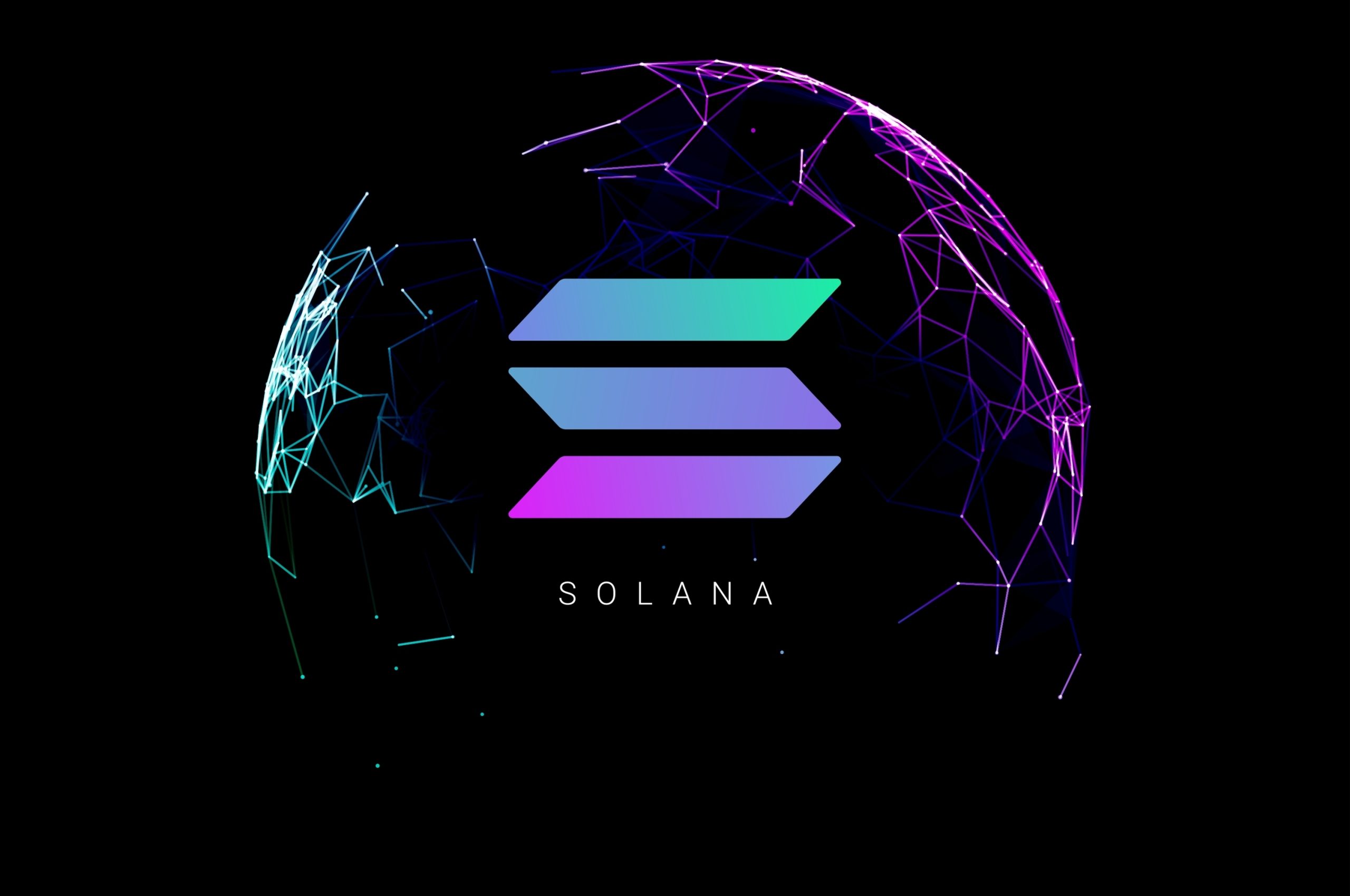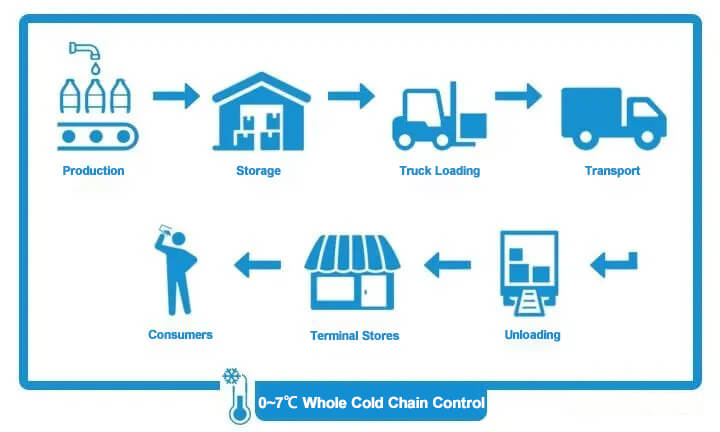vdrsoftwareonline.com – Solana is a high-performance blockchain platform designed for decentralized applications (dApps) and crypto projects. Launched in 2020 by Anatoly Yakovenko, Solana has gained significant attention for its ability to process thousands of transactions per second (TPS) at a fraction of the cost of competing networks. This article explores the core features, technology, use cases, and future potential of Solana.
Key Features
- Scalability: Solana’s architecture is built to scale efficiently. Its unique consensus mechanism, called Proof of History (PoH), allows for rapid verification of transactions, enabling the network to handle up to 65,000 TPS.
- Low Transaction Costs: Transactions on Solana are extremely cost-effective, typically costing fractions of a cent. This affordability makes it an attractive platform for developers and users alike.
- Interoperability: Solana supports cross-chain functionality, allowing for seamless interaction with other blockchain networks. This is vital for the growing ecosystem of dApps and DeFi projects.
- Developer-Friendly: With a strong focus on developer experience, Solana offers comprehensive documentation, SDKs, and a growing community of developers, making it easier to build and deploy applications.
Technological Innovations
- Proof of History (PoH): This groundbreaking consensus mechanism timestamps transactions and creates a historical record that proves that an event has occurred at a specific moment. This innovation significantly enhances the speed and efficiency of transaction processing.
- Parallel Processing: Solana employs a unique architecture that allows it to process multiple transactions simultaneously, rather than sequentially. This capability, known as Sealevel, contributes to its high throughput.
Use Cases
- Decentralized Finance (DeFi): Solana has become a popular platform for DeFi applications, enabling services such as lending, borrowing, and decentralized exchanges. Projects like Serum and Raydium have gained traction within the Solana ecosystem.
- Non-Fungible Tokens (NFTs): The platform has also made a mark in the NFT space, supporting projects that offer unique digital assets. The low fees and fast transaction speeds are particularly advantageous for NFT creators and collectors.
- Gaming: With the rise of blockchain-based gaming, Solana has positioned itself as a robust choice for game developers, offering the scalability needed for real-time interactions and microtransactions.
Challenges and Competition
Despite its impressive technology, Solana faces several challenges. Network outages have raised concerns about reliability, and the platform competes with established blockchains like Ethereum, which boasts a larger developer community and ecosystem. Additionally, regulatory scrutiny in the cryptocurrency space could impact its growth.
Future Outlook
Solana’s future looks promising as it continues to evolve. The ecosystem is expanding with new projects and innovations. The platform’s commitment to improving its infrastructure and addressing past issues will be crucial for its long-term success.
Conclusion
Solana stands out in the blockchain landscape due to its high throughput, low transaction costs, and strong focus on developer experience. As the blockchain space continues to mature, Solana’s unique offerings may play a pivotal role in shaping the future of decentralized applications and finance. For developers and users seeking a fast, efficient, and cost-effective blockchain, Solana remains a compelling choice.





